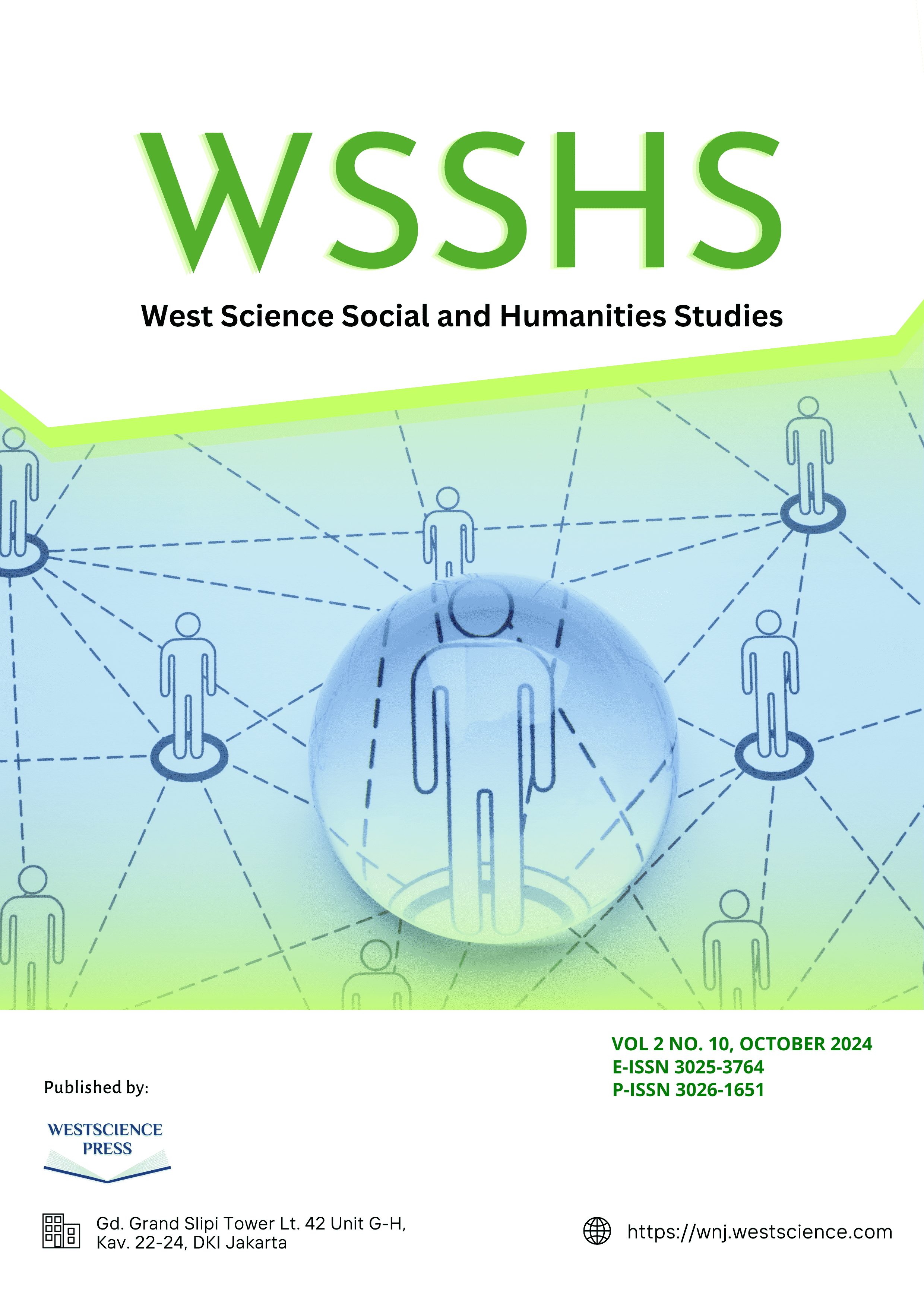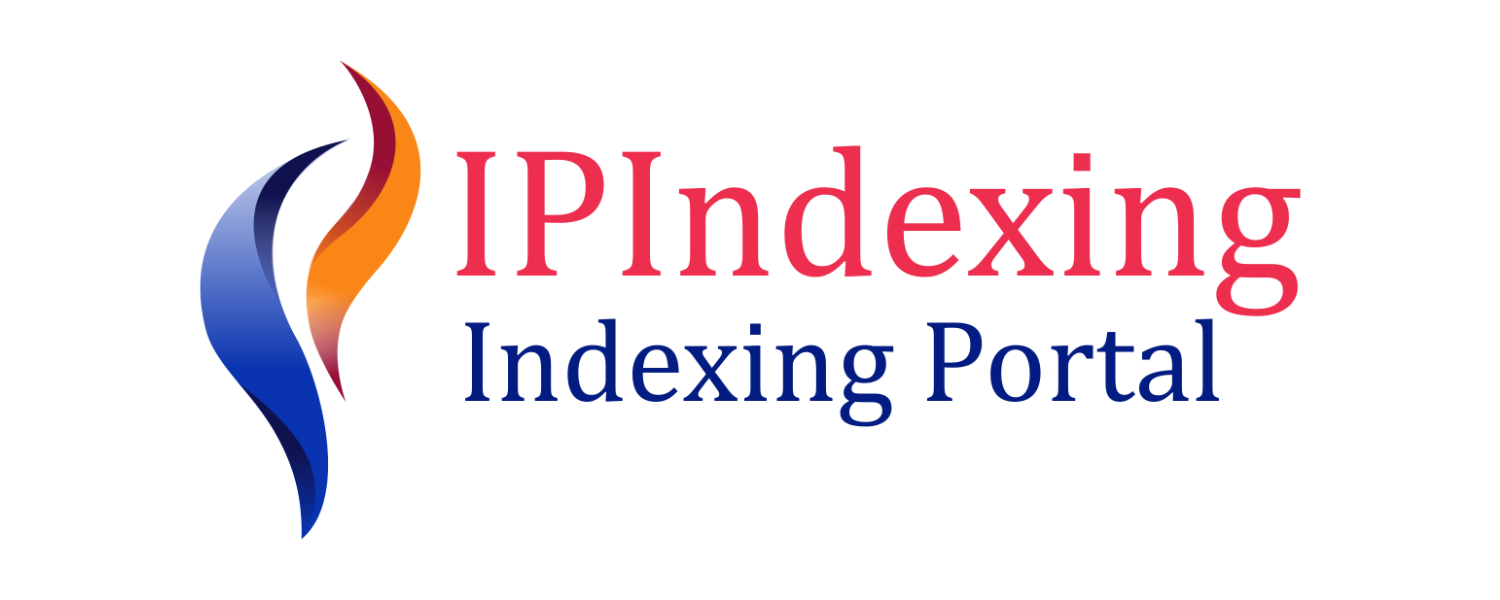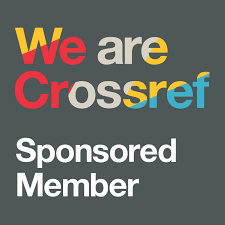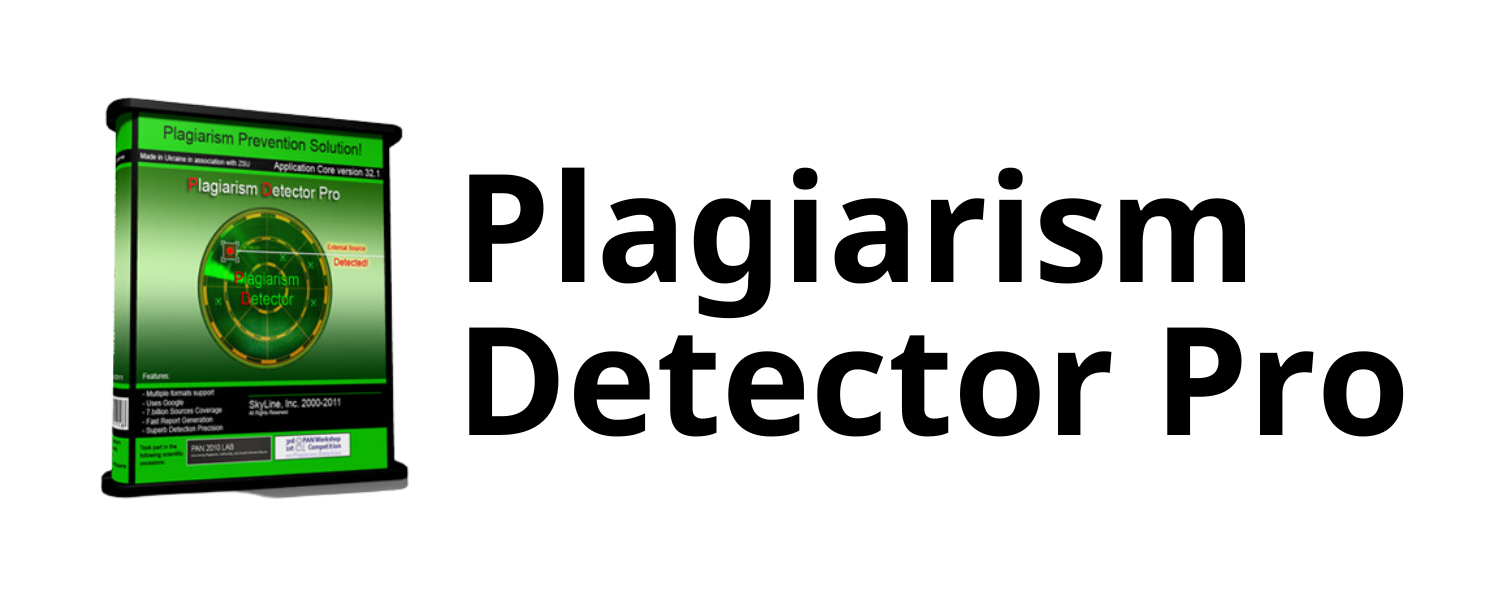Effectiveness of Digital Marketing with Influencers, Video Content, and Referral Programmes on Consumer Trust in E-Commerce Platforms in West Java
DOI:
https://doi.org/10.58812/wsshs.v2i10.1372Keywords:
Digital Marketing, Influencer Marketing, Consumer Trust, E-Commerce, Referral ProgramsAbstract
This study examines the efficacy of digital marketing methods, particularly influencer marketing, video content, and referral programs, on consumer trust in e-commerce platforms in West Java. A quantitative research design was utilized to collect data from 300 respondents through a structured online questionnaire. The investigation employed Structural Equation Modeling with Partial Least Squares (SEM-PLS 3) to examine the links between digital marketing methods and consumer trust. The results indicate that all three tactics markedly improve consumer trust, with influencer marketing exerting the greatest influence. These findings provide significant insights for e-commerce enterprises aiming to enhance their digital marketing strategies and cultivate more robust consumer relationships. The study enhances comprehension of customer behavior in the digital marketplace and offers practical ideas for improving consumer trust in e-commerce.
References
M. Aldi and W. Adisaputra, “Optimizing Brand Loyalty: The Effectiveness of Influencer Marketing and Digital Content Campaigns Mediated By Consumer Trust,” Inspir. J. Teknol. Inf. dan Komun., vol. 14, no. 1, pp. 63–73, 2024.
R. R. R. Cindrakasih, H. Mu’min, J. Jumui, E. Y. Utami, and W. I. D. A. Tapaningsih, “The Effect of Digital Marketing Strategy, Brand Trust, and Customer Expectations on Online Purchasing Decisions on E-Commerce in West Java,” West Sci. Interdiscip. Stud., vol. 2, no. 03, pp. 552–562, 2024.
B. J. Corbitt, T. Thanasankit, and H. Yi, “Trust and e-commerce: a study of consumer perceptions,” Electron. Commer. Res. Appl., vol. 2, no. 3, pp. 203–215, 2003.
K. Anjaria and A. Satpati, “UNDERSTANDING THE DYNAMICS OF SOCIAL MEDIA INFLUENCER MARKETING ON CONSUMER BEHAVIOUR,” Int. J. Manag. Public Policy Res., vol. 3, no. 3, pp. 61–68, 2024.
A. Fauziah et al., “Media and Celebrity Culture: The Influencer Phenomenon on Social Media”.
A. Cruz, A. Fenton, and A. Christov, “The art of influencer marketing,” in Digital and Social Media Marketing, Routledge, 2025, pp. 217–228.
S. C. S. C. Yong, X. Gao, and W. S. Poh, “The Effect of Influencer Marketing on Consumer Engagement and Brand Loy-alty,” Int. J. Multidiscip. Appl. Bus. Educ. Res., vol. 5, no. 7, pp. 2357–2364, 2024.
D. Karakaš and H. Zovko, “Influencers and influencer marketing–indispensable part of the business of modern companies,” Mednar. Inov. Posl. J. Innov. Bus. Manag., vol. 16, no. 1, pp. 1–8, 2024.
M. Manic, “Short-Form Video Content and Consumer Engagement in Digital Landscapes,” Bull. Transilv. Univ. Brasov. Ser. V Econ. Sci., pp. 45–52, 2024.
Y. Cao, “Emotional marketing in the digital age: emotional mobilization in short video content and audience interaction,” Interdiscip. Humanit. Commun. Stud., vol. 1, no. 7, 2024.
S. D. S. Duc, D. A. Kim, T. P. Hung, and N. M. Pham, “Swipe, Watch, Buy: Unraveling the Power of Product Placement in Short Videos on Youth Impulse Purchasing,” in European Conference on Social Media, 2024, pp. 296–304.
T. Prihatiningsih, R. Panudju, and I. J. Prasetyo, “Digital Advertising Trends and Effectiveness in the Modern Era: A Systematic Literature Review,” Golden Ratio Mark. Appl. Psychol. Bus., vol. 5, no. 1, pp. 1–12, 2025.
A. P. Ongole, “Image and Video Communication: Enhancing Visual Experiences in the Digital Age”.
H. Zhou and J. Zhang, “Optimal Mechanism Design with Referral,” Manage. Sci., 2024.
R. Gershon and Z. Jiang, “EXPRESS: Referral Contagion: Downstream Benefits of Customer Referrals,” J. Mark. Res., p. 00222437241257886, 2024.
B. Bifkovics, E. Malota, L. N. Faria, and L. F. Martinez, “Customer-to-customer communication: Referral of high and low involvement products through stimulated word-of-mouth,” J. Promot. Manag., vol. 30, no. 2, pp. 204–226, 2024.
R. Gershon and Z. Jiang, “Referral contagion: downstream benefits of customer referrals,” Available SSRN 4214781, 2022.
M. Jhinkwan, A. Upadhyay, and D. C. Bhatt, “Impact of Digital Advertising by the Influencers on Consumers’ Online Buying Behaviour (Special Reference to Instagram),” Available SSRN 4872324, 2024.
E. López Gómez, “El método Delphi en la investigación actual en educación: una revisión teórica y metodológica,” Educ. XX1 Rev. la Fac. Educ., 2018.
S. Bakhshi, D. A. Shamma, and E. Gilbert, “Faces engage us: Photos with faces attract more likes and comments on instagram,” in Proceedings of the SIGCHI conference on human factors in computing systems, 2014, pp. 965–974.
V. Kumar and S. Mittal, “Mobile marketing campaigns: practices, challenges and opportunities,” Int. J. Bus. Innov. Res., vol. 21, no. 4, pp. 523–539, 2020.
E. Katz and P. Lazarsfeld, “Interpersonal Networks: Communicating within the group,” in Personal Influence, Free Press New York, 1955.
X. Liu, P. He, W. Chen, and J. Gao, “Improving multi-task deep neural networks via knowledge distillation for natural language understanding,” arXiv Prepr. arXiv1904.09482, 2019.
S. Dahl, “Social media marketing: Theories and applications,” 2021.
D. H. McKnight, V. Choudhury, and C. Kacmar, “The impact of initial consumer trust on intentions to transact with a web site: a trust building model,” J. Strateg. Inf. Syst., vol. 11, no. 3–4, pp. 297–323, 2002.
Y. D. Wang and H. H. Emurian, “An overview of online trust: Concepts, elements, and implications,” Comput. Human Behav., vol. 21, no. 1, pp. 105–125, 2005.
D. Belanche, L. V Casaló, and C. Flavián, “Artificial Intelligence in FinTech: understanding robo-advisors adoption among customers,” Ind. Manag. Data Syst., vol. 119, no. 7, pp. 1411–1430, 2019.
R. Wang and S. Chan-Olmsted, “Brand Communication Through Social Media Influencers: Trust Building and Trust Transfer Mechanisms,” Int. J. Bus. Commun., p. 23294884241255910, 2024.
A. C. Adamuthe, V. D. Salunkhe, S. H. Patil, and G. T. Thampi, “Cloud computing–A market perspective and research directions,” Int. J. Inf. Technol. Comput. Sci., vol. 7, no. 10, pp. 42–53, 2015.
Downloads
Published
Issue
Section
License
Copyright (c) 2024 Jacsy Tubalawony

This work is licensed under a Creative Commons Attribution-ShareAlike 4.0 International License.




















 Instagram
Instagram 